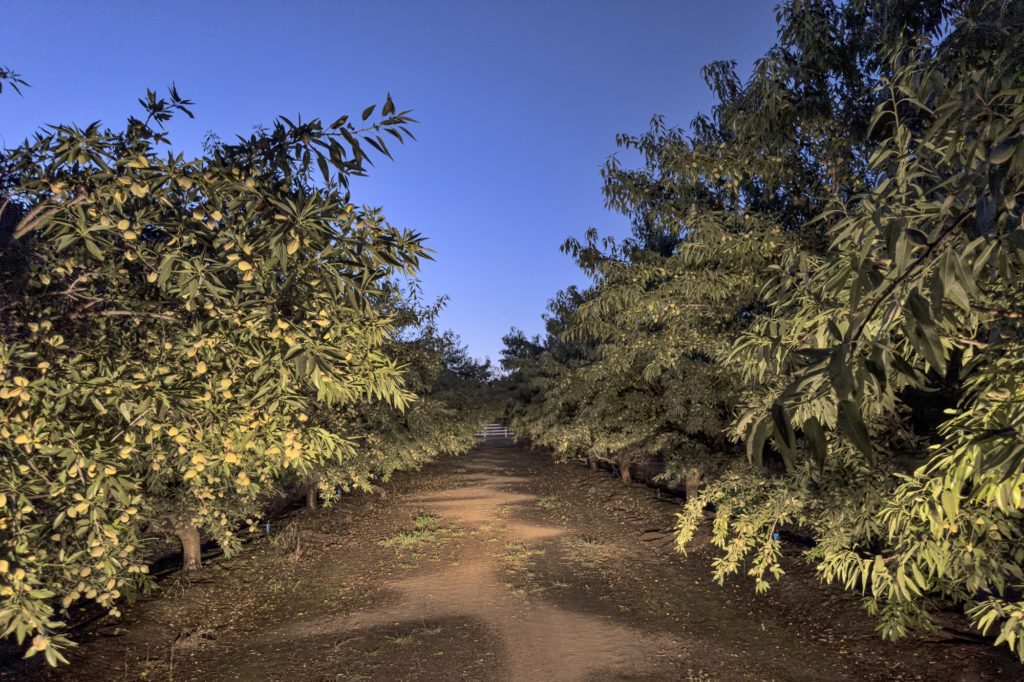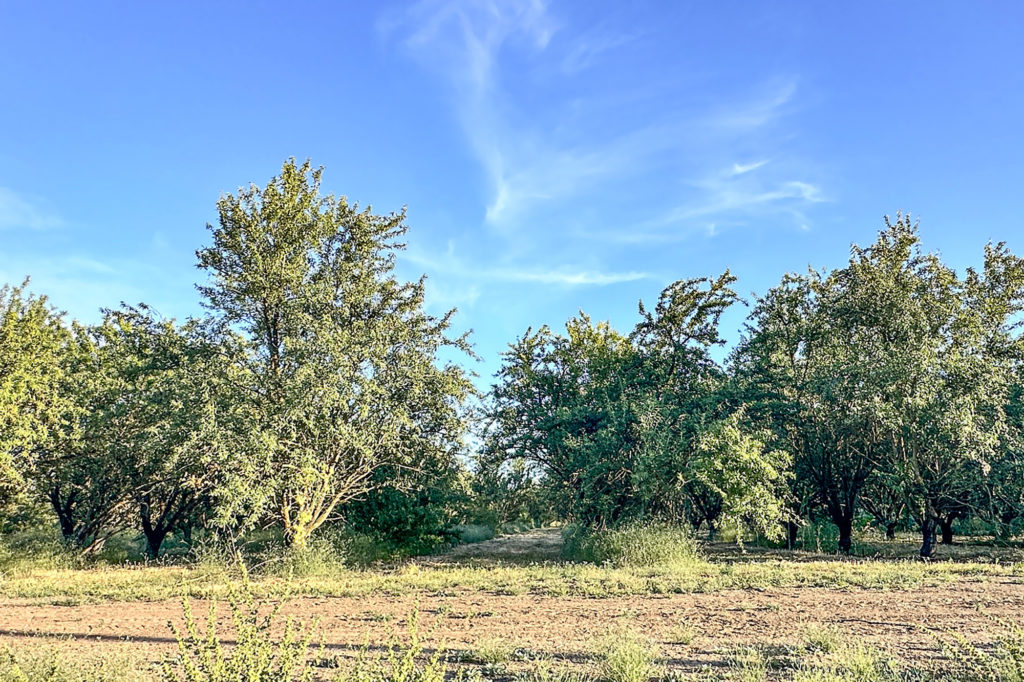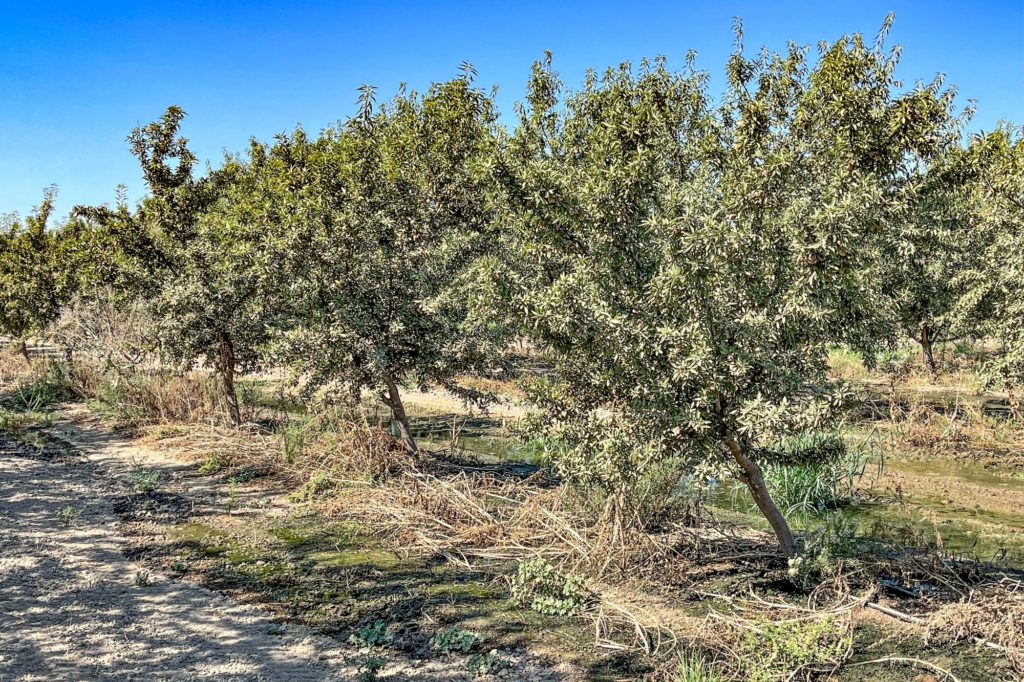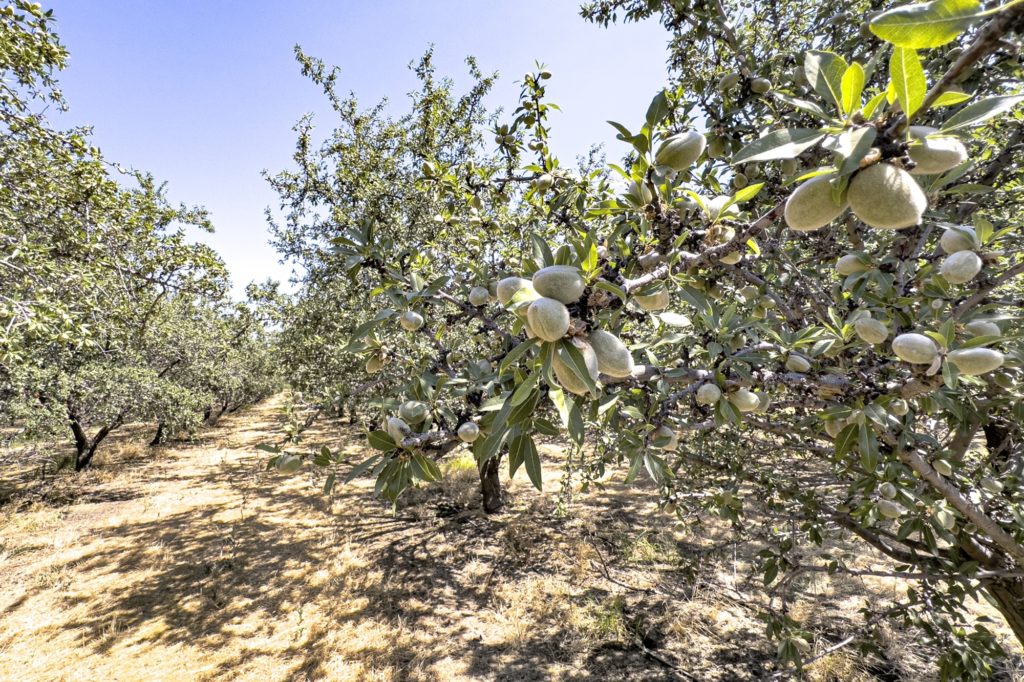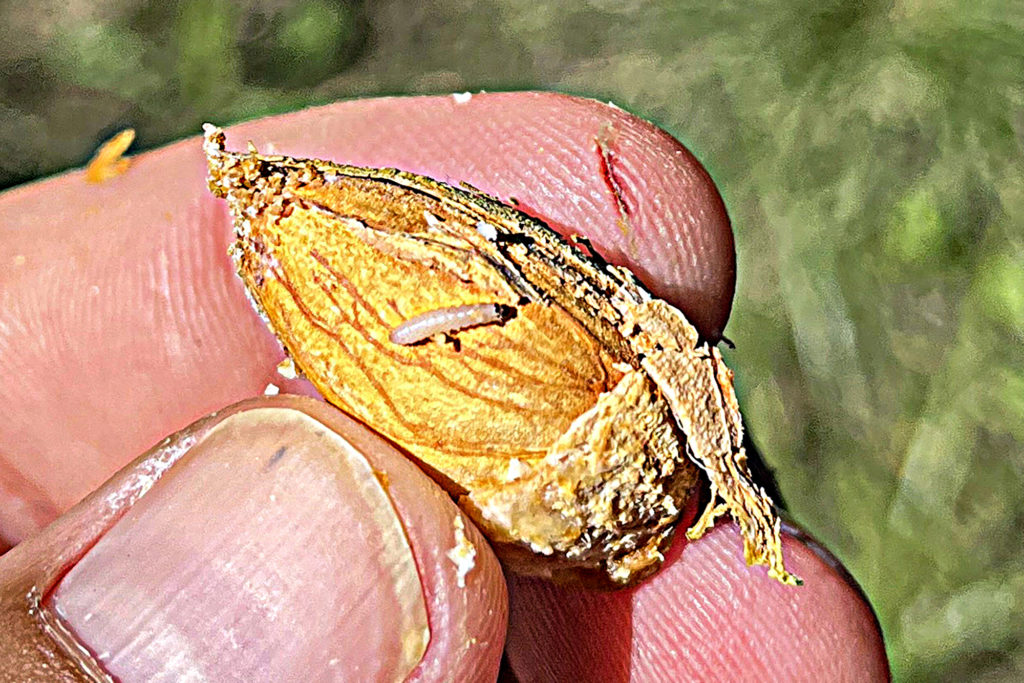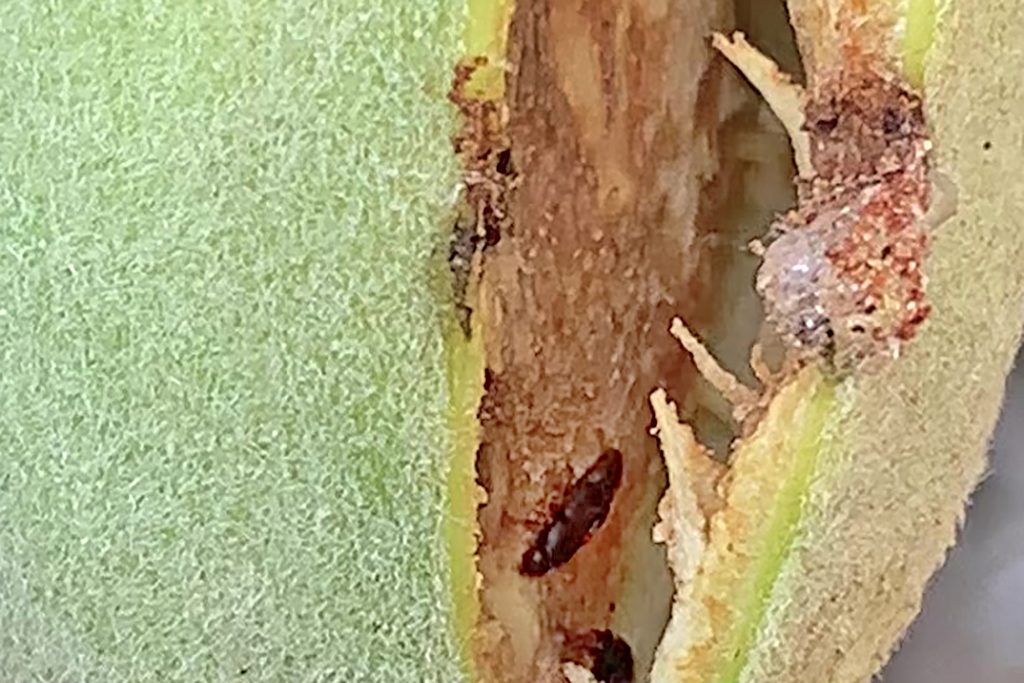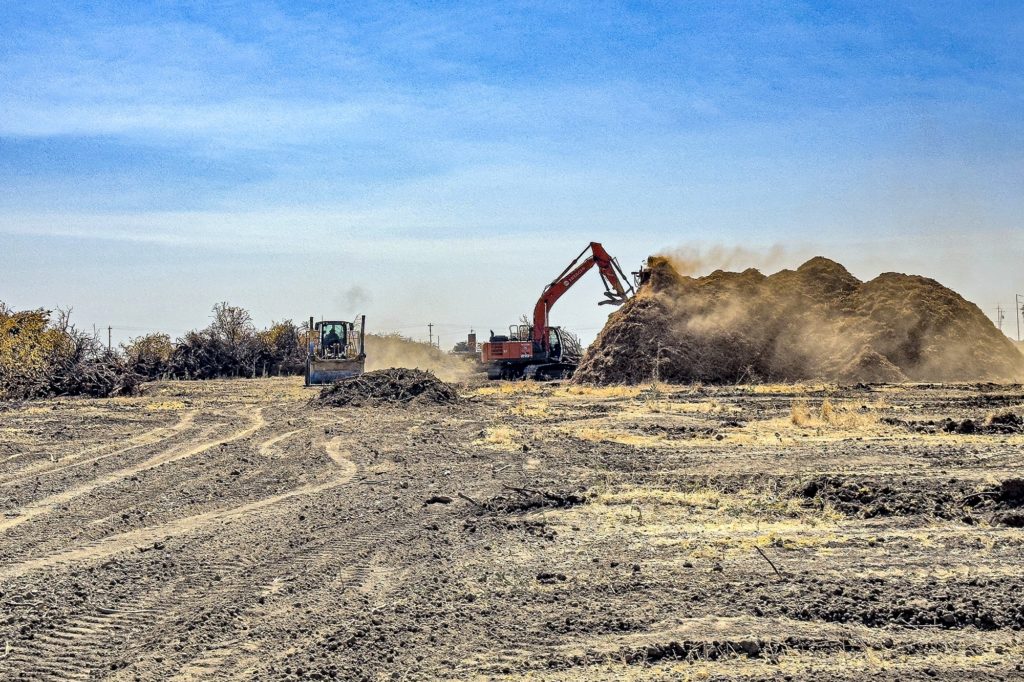
This report covers the conditions and activities observed from Monday, July 1, 2024, through Sunday, July 28, 2024. The next scheduled report will be posted on Monday, August 26, 2024. In the event of any significant occurrences prior to that date, this site will be updated as soon as possible.
As noted in our previous report, the high temperatures forecast for the first week of July made quite an impression on California’s agricultural community. Daily maximum temperatures were widely reported in excess of 100 degrees, with highest readings reaching over 110 degrees. Truly a heat wave, readings in excess of 100 degrees were reported for as many as 14 consecutive days in the hottest locations. Compounding the uncomfortable situation, morning lows during the hottest days dipped only into the upper 70’s and lower 80’s. The only respite from the heat came for a brief period at mid-month, and in the period’s final days when temperatures fell back into the mid-80’s.
Preparations for the upcoming harvest and irrigation dominated grower attention during the period. The high temperatures complicated orchard activities as growers labored to prevent excessive stress while also completing required activities.
Many growers employ “Regulated Deficit Irrigation” at this time of year in an effort to mitigate the impacts of fungal infections on the splitting hulls. The practice involves limiting irrigation to one-half of the trees consumptive use for two weeks at the initiation of hull split, followed by two full irrigations. Best accomplished in orchards using drip or micro-sprinklers, the
practice alters the micro-climate within the splitting hull enough to reduce the germination of Rhizopus (Bread Mold) spores , thus reducing infection of the hull. The problem is that the excessive temperatures also increase the trees water consumption, making proper irrigation management a bit more challenging.
Observers are reporting that a significant number of orchards are exhibiting an inordinate amount of stress, which has been made more obvious by the high temperatures. Orchards may be observed in all areas of the valley with excessive weed growth, and water stress. Some appear to be abandoned, though workers can be seen mowing orchard middles, the area between the tree rows, and some are under limited irrigation.
While growers are seeking to limit costs, pest management activities were a prime focus during the month.
- Observers have reported that growers completed their first hull split treatment for Navel Orange Worm, NOW, early in the period and returned to the orchards to complete second treatments during the last full week of the month.
- Growers and Pest Control Advisors, PCA’s, have been monitoring orchards for Carpophilus beetle. This “new” pest was first reported in the 2023 crop and has made its appearance in orchards again this year. Carpophilus has caused significant damage to almonds in Australia. Growers, PCA’s and University experts are monitoring this insect closely in order to determine the best methods to limit damage and economic losses.
- Growers are also completing applications of ant bait materials targeting problematic species in advance of shaking in orchards planted to susceptible varieties.
- Vegetation management continues, especially in plantings where growers elected to reduce or alter control measures earlier in the year. Harvest operations require a clean, firm orchard floor for efficient removal of the crop. Weed growth in the orchard “middles” can be easily and effectively managed with flail mowers. However, vegetation in the “strip,” the area beneath the trees, must be free of weeds in order to move the crop into the “middles” during sweeping. As shown in the photos accompanying this report, grower choices earlier in the season have resulted in orchards with significant weed growth within the “strip.” These decisions will certainly pose challenges and limit grower’s ability to efficiently move the crop.
Harvest operations on the earliest Nonpareil plantings was just getting under way in the final days of the period. Observers are reporting that shaking began in several orchards in western and Colusa counties during the past week. Others are also reporting that they will begin shaking their most advanced Nonpareil and Independence plantings in the first days of August.
Huller managers have also been preparing for the harvest. The collapse in hull value over the past year has inspired hullers to increase hulling and shelling fees, creating additional pressure on grower profitability.
Finally, we will note that orchard removal operations continue in all areas of the valley. The only question is if the land will be planted to almonds, another crop or allowed to lay fallow for an extended period of time.
By Mel Machado
Photos By: Austin Jackson, Anthony Scudder, Mel Machado and Mario Juarez

